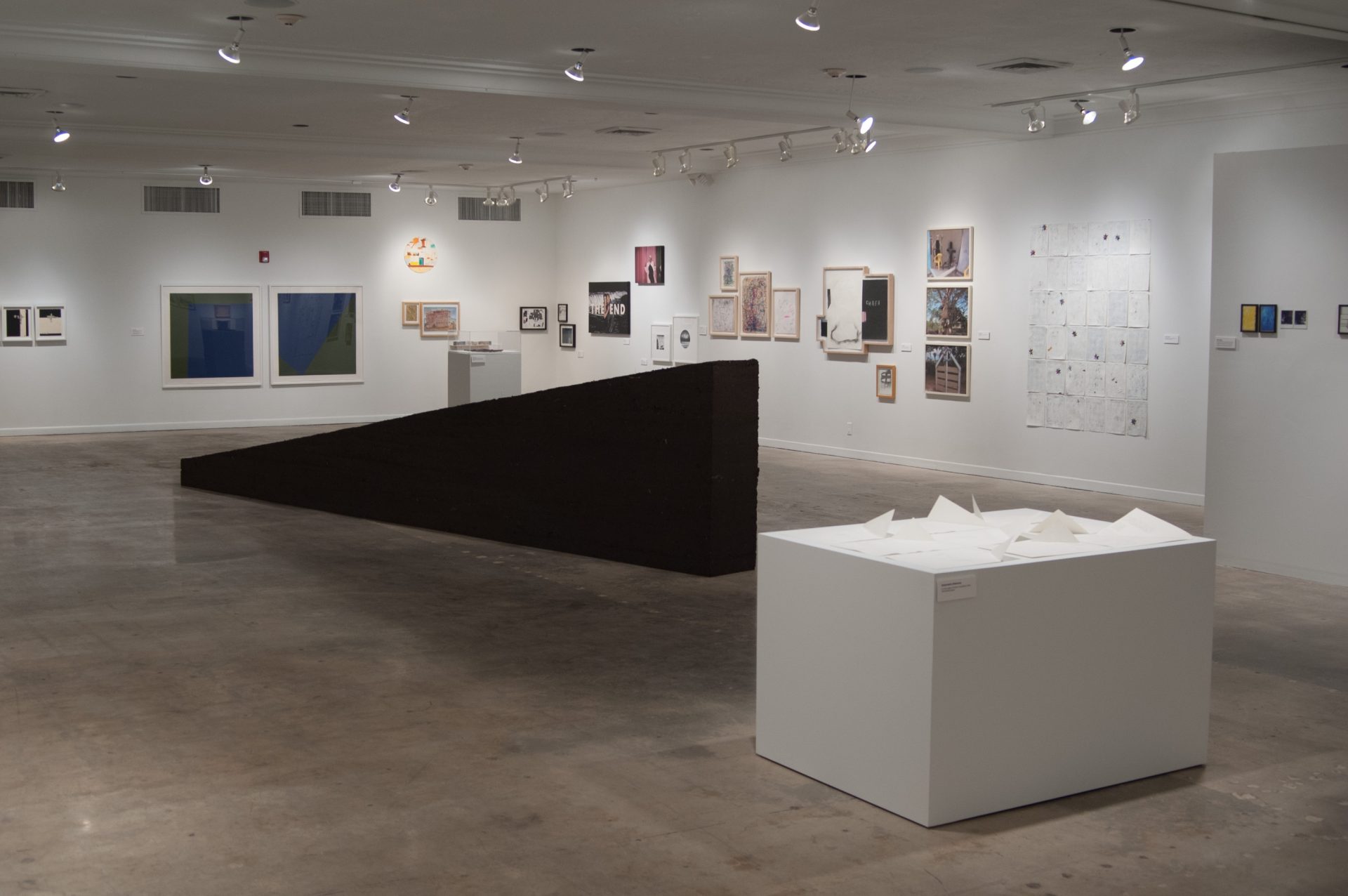We’re missing an artistic vision from an entire population
When we head off to the galleries we may think we find a wide range of artists and styles, but we’re actually missing the work of a significant population of the city, that of the African American. I’m talking about established black artists born in the United States, as opposed to other parts of the Americas. Our galleries don’t seem interested in their work. But it is probably as much the artists’ lack of interest as the galleries’ lack of attention. Many African-American artists don’t realize the level of professionalism that is now part of a career in art: formal education, quality slides, résumé, presentable portfolio.
Why should anyone care? Because of our heritage and history. Black artists have a heritage that is as important as any other in Miami. How many stories have not been told, how much history?
A traveling exhibition, “The Highwaymen,” which closed on the 25th of July at Florida Collectors Gallery in Lauderdale-by-the-Sea, is an example. The Highwaymen is a name given to a group of black artists working on the east coast of Florida (Indian River, St. Lucie, and Martin counties) from approximately 1955 to the present. Not long ago the art market would have dismissed this work; but these artists — and their work — played significant roles in their communities. Perhaps their techniques could have been better honed, but to the people in the worlds they lived in they were important artists who were ignored unjustly.
This pervasive lack of attention toward black artists brings me to Miami. How many established black artists are there in our city? One can think of Purvis Young — who, though well-known, is not given the respect he deserves for his international stature. Yet African Americans are a substantial part of Miami’s population, which should make us ponder. Yes, there is Rosie Gordon-Wallace‘s Diaspora Vibe Gallery, which shows a mix of artists from varying backgrounds, including African American. They are emerging — a term that often sticks to artists for twenty-plus years — but again, my search is for artists who are already established and working.
Historically there are a few things to note. Black artists first appeared in large numbers in the United States in the 1920s in Chicago, Atlanta, and New York City. Painters such as Aaron Douglas, Hale Woodruff, Lois Mailou Jones, and Edwin Harleston, along with poets and writers, were part of a blossoming “New Negro” movement. The climate of artistic ferment in which they worked was stimulating, but it did not provide the institutional structure through which their output could be displayed and promoted. Exhibitions occurred infrequently and were sponsored by local churches, schools, YMCAs, and other intracommunity agencies. No professional museum services were available.
The 1950s did little to change the relationship between black artists and mainstream art institutions, and by the 1960s anti-establishment movements challenged participation, investment, and assimilation into the mainstream. In some circles dissatisfaction with the unfulfilled promises of the American dream spurred a popular search for origins, with the sense of belonging shifting to Africa. Pan-Africanism energized progressive intellectuals, activists, and artists. As Jacqueline Francis puts it in her essay Writing African-American Art History: “In the 1960s and early 1970s, major American museums organizing social Realist and black cultural exhibitions made weak efforts to include painting and sculpture by African Americans. Their shows, instead, mostly offered documentary and studio photography. African-American painters and sculptors were ‘invisible Americans’ to many Americans, black and nonblack.”
The 1980s and 1990s brought some relief from the discrimination and persistent racism of the past. The pigeonholing and barriers had been somewhat lowered, but still “Black History Month” remained the only time some artists were sought and recognized.
Which brings us to the underlying question: Why does this matter? What is “black” art anyhow? Can Euro-American artists create “black” work? Should just being “black” be a ticket to getting a show? Is it even important that the work is “black” in the first place?
Obviously one positive aspect of a “black show” is that it allows an artist to exhibit. On the other hand it means that black artists have become ghettoized. Strangely, however, this hasn’t stopped other ethnic or geographical regional shows (“Latin,” “Caribbean,” etc.) from proliferating. Race, of course, is volatile and turbulent terrain. The problem of race is one of the most difficult issues confronting us today, and the art-history discourse between race and visual representation remains lacking and inadequate. Perceptions of race are not confined to physical differences alone but are intricately bound up with class, gender, cultural, and national differences.
Commercial galleries are in business. They promote and sell products within the cultural market. They need collectors in order to survive. Collectors, in general, buy art they can live with and relate to. That’s just the way we all are. Therefore the buying audience dictates what works galleries sell. Anyone in business knows how difficult it is to sell something that has no market, no matter if some perceive it as important. Marketing the work of an unknown artist takes much time and energy with returns that are marginal at best.
This crucial lack of institutional, public, and private support disrupts cultural production and quality. Curators and art historians are trained to “see” in a specific way. They are also supposed to see the new and bring that to our attention. They do that through finding alternative ways of seeing themselves, providing a context — in print or the exhibition space — and properly displaying art and interpreting it. With the lack of qualified African-American curators and art historians in the area (I know of none that are employed at our major institutions), there is an imbalance in our cultural outlook — and because of this we all suffer.
Onajide Shabaka is an artist, activist, and teacher, and was the former editor of the Website miamiartexchange.com.
